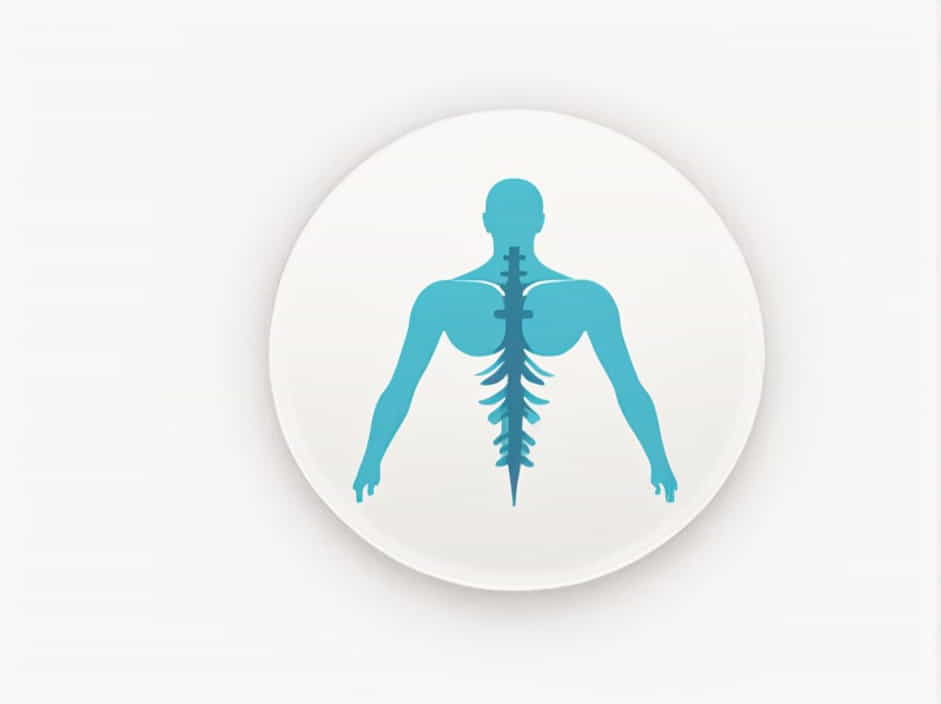The scapula, also known as the shoulder blade, is a flat, triangular bone that plays a crucial role in shoulder movement and stability. It serves as an attachment site for multiple muscles and ligaments, making it essential for arm mobility. Two key structural features of the scapula are the vertebral border (medial border) and the axillary border (lateral border). Understanding these borders of the scapula is important for students, medical professionals, and fitness enthusiasts alike.
Anatomy of the Scapula
The scapula is a triangular bone located on the posterior side of the ribcage. It connects the humerus (upper arm bone) with the clavicle (collarbone) and provides attachment points for several muscles that control arm movement.
Key Features of the Scapula
- Spine of the scapula – A prominent ridge running across the posterior surface.
- Acromion – A bony projection that connects with the clavicle.
- Glenoid cavity – A shallow socket where the humerus articulates with the scapula.
- Coracoid process – A hook-like structure that serves as an attachment for muscles.
- Borders – The edges of the scapula, including the vertebral border and axillary border.
What Is the Vertebral Border of the Scapula?
Definition and Location
The vertebral border, also called the medial border, is the inner edge of the scapula that runs parallel to the spinal column. It extends from the superior angle of the scapula down to the inferior angle.
Function of the Vertebral Border
- Provides attachment for several muscles, including:
- Rhomboid major and minor – Help retract the scapula.
- Levator scapulae – Assists in elevating the scapula.
- Serratus anterior (partially) – Aids in protracting and stabilizing the scapula.
- Plays a role in postural support by maintaining scapular alignment.
- Essential for scapular retraction and stabilization, which is important for shoulder movement.
Common Issues Related to the Vertebral Border
- Scapular winging – Caused by weakness or dysfunction of the serratus anterior muscle, leading to a protruding scapula.
- Muscle tightness – Excessive tension in the rhomboids or levator scapulae can contribute to shoulder discomfort and poor posture.
- Overuse injuries – Athletes and individuals who perform repetitive overhead motions (e.g., swimmers, baseball players) may develop pain along the vertebral border.
What Is the Axillary Border of the Scapula?
Definition and Location
The axillary border, also known as the lateral border, is the outer edge of the scapula that runs along the armpit (axilla). It extends from the glenoid cavity down to the inferior angle of the scapula.
Function of the Axillary Border
- Provides attachment for key muscles, including:
- Teres major – Assists in shoulder adduction and medial rotation.
- Teres minor – A component of the rotator cuff, responsible for shoulder external rotation.
- Subscapularis (partially) – Aids in internal rotation of the arm.
- Helps form the glenoid cavity, which articulates with the humerus to create the shoulder joint.
- Plays a role in stabilizing the scapula during arm movements.
Common Issues Related to the Axillary Border
- Rotator cuff injuries – Damage to the teres minor can affect shoulder rotation and stability.
- Shoulder impingement – Can occur when the muscles along the axillary border are inflamed or irritated.
- Fractures – Trauma or impact can lead to fractures along the axillary border, affecting shoulder function.
Comparison: Vertebral Border vs. Axillary Border
| Feature | Vertebral Border (Medial Border) | Axillary Border (Lateral Border) |
|---|---|---|
| Location | Inner edge, near the spine | Outer edge, near the armpit |
| Muscle Attachments | Rhomboid major, rhomboid minor, levator scapulae, serratus anterior | Teres major, teres minor, subscapularis |
| Function | Supports scapular retraction, stability, and posture | Aids in shoulder movement and rotation |
| Common Issues | Scapular winging, muscle tightness, poor posture | Rotator cuff injuries, shoulder impingement, fractures |
Importance of Scapular Borders in Shoulder Movement
Both the vertebral border and axillary border contribute to scapular mobility and stability, which are essential for:
- Overhead movements – Necessary for sports like basketball, swimming, and weightlifting.
- Daily activities – Such as lifting objects, reaching for items, and pushing/pulling motions.
- Posture maintenance – Helps keep the shoulders aligned and prevents musculoskeletal imbalances.
Exercises to Strengthen the Scapular Muscles
For the Vertebral Border
- Scapular Retractions – Squeeze the shoulder blades together while keeping the arms relaxed.
- Face Pulls – Strengthens the rhomboids and improves scapular positioning.
- Wall Angels – Helps improve posture and scapular mobility.
For the Axillary Border
- External Rotations – Strengthens the teres minor for better shoulder stability.
- Lat Pulldowns – Engages the teres major and helps develop back strength.
- Cable Rows – Works the muscles along the axillary border for improved control.
The vertebral border (medial border) and axillary border (lateral border) of the scapula are essential structures that contribute to shoulder function, stability, and movement. These borders serve as attachment sites for important muscles that facilitate scapular motion and postural support. Understanding their roles can help prevent injuries, improve posture, and enhance shoulder mobility. By incorporating proper exercises and maintaining good posture, individuals can keep their scapula and shoulder joints healthy for optimal performance.
